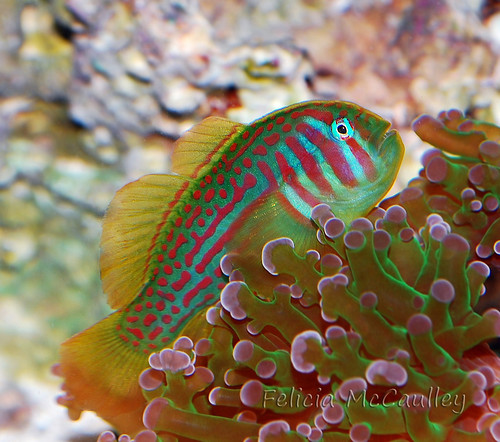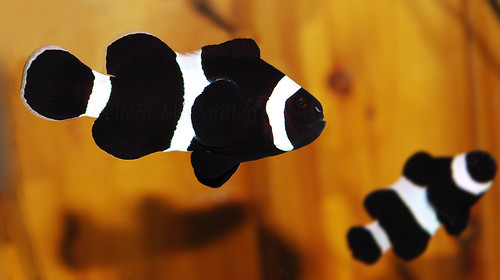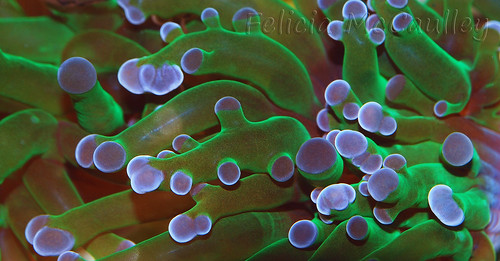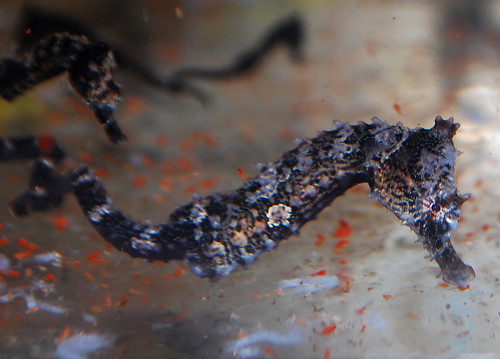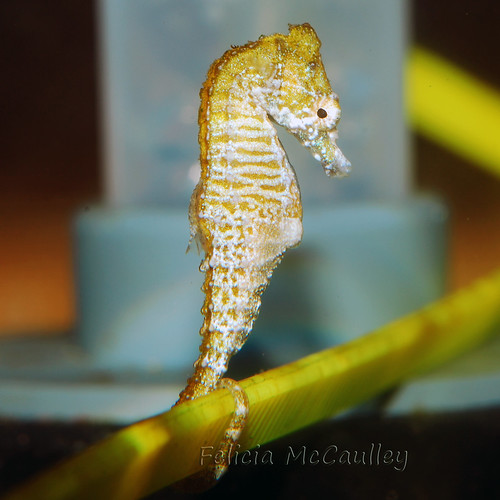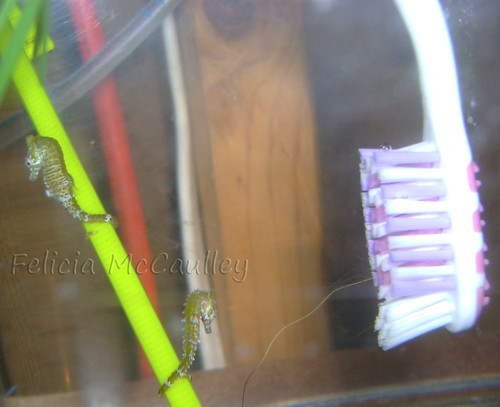Support U.S. bred seahorses and your own local seahorse breeders. Encourage your local fish store to buy locally bred/U.S. bred seahorses and support them when they do. If your local fish store only carries "tank raised" Asian-bred seahorses, you can order seahorses directly from a local breeder or a reputable breeder online.
SUPPORT THESE U.S. SEAHORSE BREEDERS
Seahorsesource.com in Ft, Pierce, Florida
Professional family run business for over five years
Current availability: H. erectus, H. barbouri, H. zosterae and a limited amount of H. reidi. H. ingens should be available again in January. Ships to all 50 United States.
SeahorseCorral.net in Riverview, Florida
Current availability: H. erectus. Ships to United States.
Peka's Ponies in
Lake in the Hills, Illinois
Current availability: H. erectus. Coming soon: H. reidi and H. barbouri. Ships to lower 48 United States.
Mandy R. in southern Wisconsin
H. erectus coming soon. Can ship to lower 48 United States.
Kim at CritterHeaven in Raleigh, North Carolina
Current availability: H. reidi and H. erectus. coming soon H. barbouri and H. zosterae. Can ship to lower 48 United States.
Brenda F. "Reef99" in Illinois
Current availability: H. erectus. Can ship to lower 48 United States.
Felicia's Saddled Seahorses in Philadelphia, PA
H. erectus coming soon.
FishTalPropogations Availability: H. erectus coming soon
If you are a seahorse breeder in the United States and you want to be added to this list, please
email me with your web address and/or business contact email address, your location and if/where you ship to, your current availability, and seahorse species you will have available in the near future. If you are looking for the most current seahorse availability from local breeders, check the
Seahorse.org Trading and Classifieds forum regularly.
The reasons to buy true captive bred seahorses instead of wild caught seahorses are obvious, and I won't go into much detail here. Wild caught seahorses have as many as four long, stressful journeys before they reach your home and almost always carry life-threatening pathogens, many that can't be cured with over the counter medications available to hobbyists. Wild caught seahorses only eat expensive live foods and are difficult (and sometimes impossible) to train to eat frozen food. The choice is clear; buy true captive bred seahorses.
Why buy seahorses from a hobby breeder or a breeder who specializes in seahorses?
 |
| from Seahorsesource. photo: Jim Bremner DesertUSA.com |
- Breeders specializing in seahorses are more likely to offer multiple/different species of seahorses
- Seahorse specialists are able to devote more time and research to seahorse-specific care
- Small operations can pay more attention to quality and health
- Many offer lifetime customer support
- Some offer seahorse-specific products that can't be found anywhere else
- Seahorses purchased directly from hobby breeders are often less expensive than wild caught seahorses
Asian bred seahorses are cheaper than U.S. captive bred seahorses, but the quality and health of the seahorses suffers. Asian bred seahorses are sold younger and smaller than U.S. bred seahorses and are raised in unfiltered natural sea water, exposing them to parasites, disease, and bacteria. Asian bred seahorses are fed live foods found in the natural sea water, further cutting costs by not having to buy frozen food. U.S. bred seahorses are usually started on frozen foods at a very early age, which makes them less likely to revert to live foods when they are under stress. Not all Asian seahorse breeders use these methods, but the majority of Asian-bred "tank raised" seahorses found in local fish stores were raised this way.
 |
| young Asian bred "H. kelloggi" in a WI pet store. Photo: Dylan of seahorse.org |
Why buy seahorses bred in the U.S. over seahorses bred overseas?
- U.S. bred seahorses have a much better history of success in their new homes
- Less stressful transit time compared to seahorses bred in other countries
- Asian bred seahorses may be packaged and shipped 3 or 4 times before getting to the hobbyist
- ex. breeder > transhipper > wholesaler > fish store
- Local seahorses have shorter fasting (withholding food) times prior to and during shipping
- More accurate identification
- No accidental, unknown hybrids
- Asian breeding programs do not commonly separate by species, putting many different species in the same vats together. Seahorses may even hybridize with species naturally found in surrounding waters
- Seahorses bred in the U.S. are bred in filtered or synthetic sea water, while most Asian-bred seahorses are raised in unfiltered natural sea water.
- U.S. bred seahorses have less exposure to parasites and disease found in NSW
- U.S. bred seahorses are already adapted to captive aquarium environment
- U.S. bred seahorses are raised on foods readily available to hobbyists
- Most Asian bred seahorses are raised on live foods found in NSW to save money and are offered frozen foods later in life. May or may not be trained to frozen food.
- U.S. bred seahorses are larger, older, and more mature, thus more likely to survive
- Asian bred seahorses are sold younger and smaller to save money
 |
| young Asian bred seahorse. Photo from reefhotspot.com |
How can you tell if the seahorse at your local fish store was bred in Asia?
- The seahorse is small, usually three inches or smaller
- The seahorse is identified only by common name or color (they are often identified this way on wholesale lists)
- Scientific names commonly used for Asian bred seahorses are
- Hippocampus kelloggi (none are CB in the U.S. to date)
- Hippocampus sp. (responsible breeders know what species they have)
- Hippocampus kuda
- Hippocampus comes
- The fish store doesn't know what country or breeder the seahorse came from, only knows that it was "tank bred" or "tank raised"
- Since Asian bred seahorses are so inexpensive for the LFS to buy, sometimes the price is very low (between $30 - $50 each)
- You can expect a true captive bred seahorse to be between $50 and $75 or more depending on the species
Because of the restrictions put on importing wild caught seahorses by CITES, fewer species are available in the United States today than were available 10 years ago. For example, Australian seahorses such as
H. breviceps and
H. whitei are completely absent from the U.S. market, and wild-caught
H. elongatus and
H. angustus are imported in extremely low numbers, fetching very high prices with low survival rates. Many of these beautiful Australian species were available as captive bred in the U.S. as recently as a few years ago, but it is theorized that these higher priced exotic seahorses couldn't compete with the cheap Asian bred seahorses that were flooding the U.S. market at the same time. If we do not support seahorse breeders in the United States, in the future the only species available will be Asian-bred seahorses and the few species native to our country that can still be sold as wild caught.
